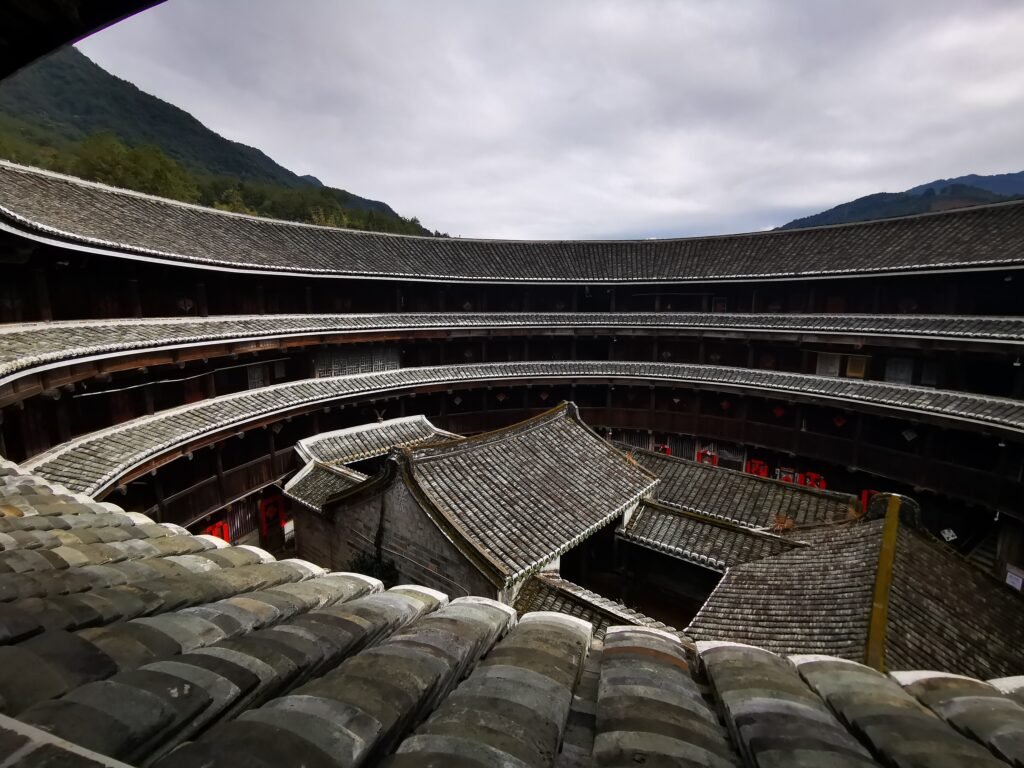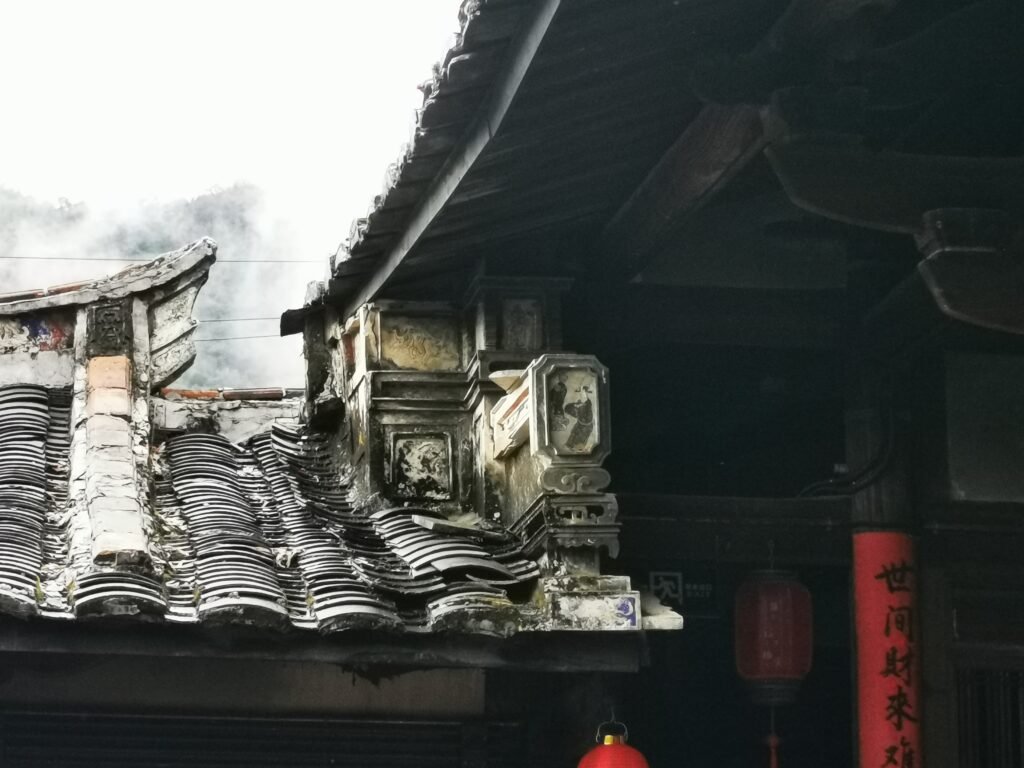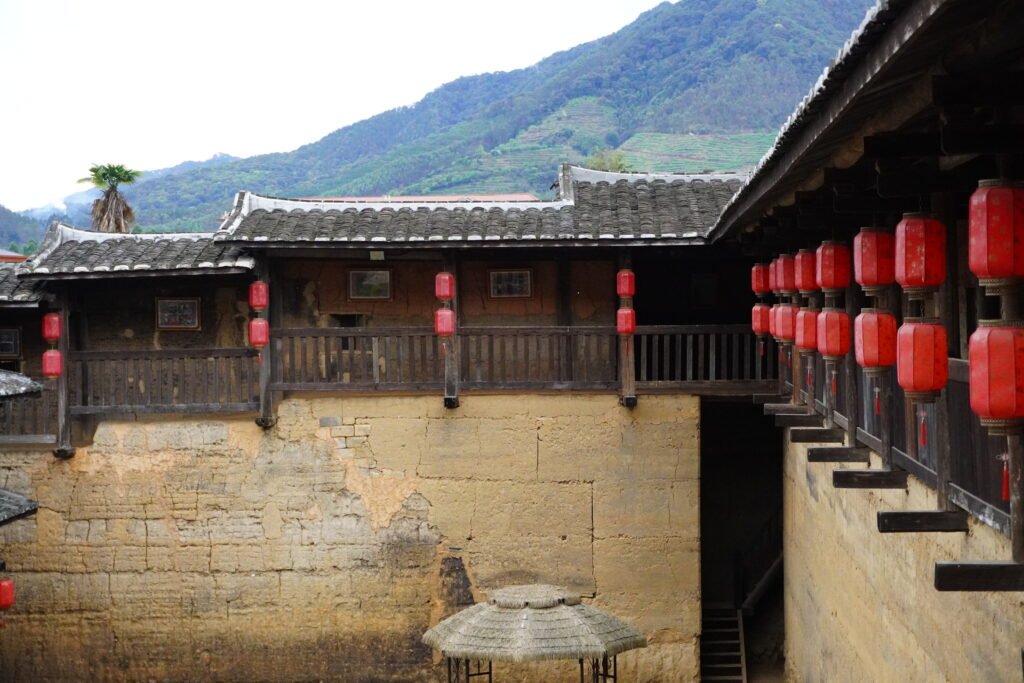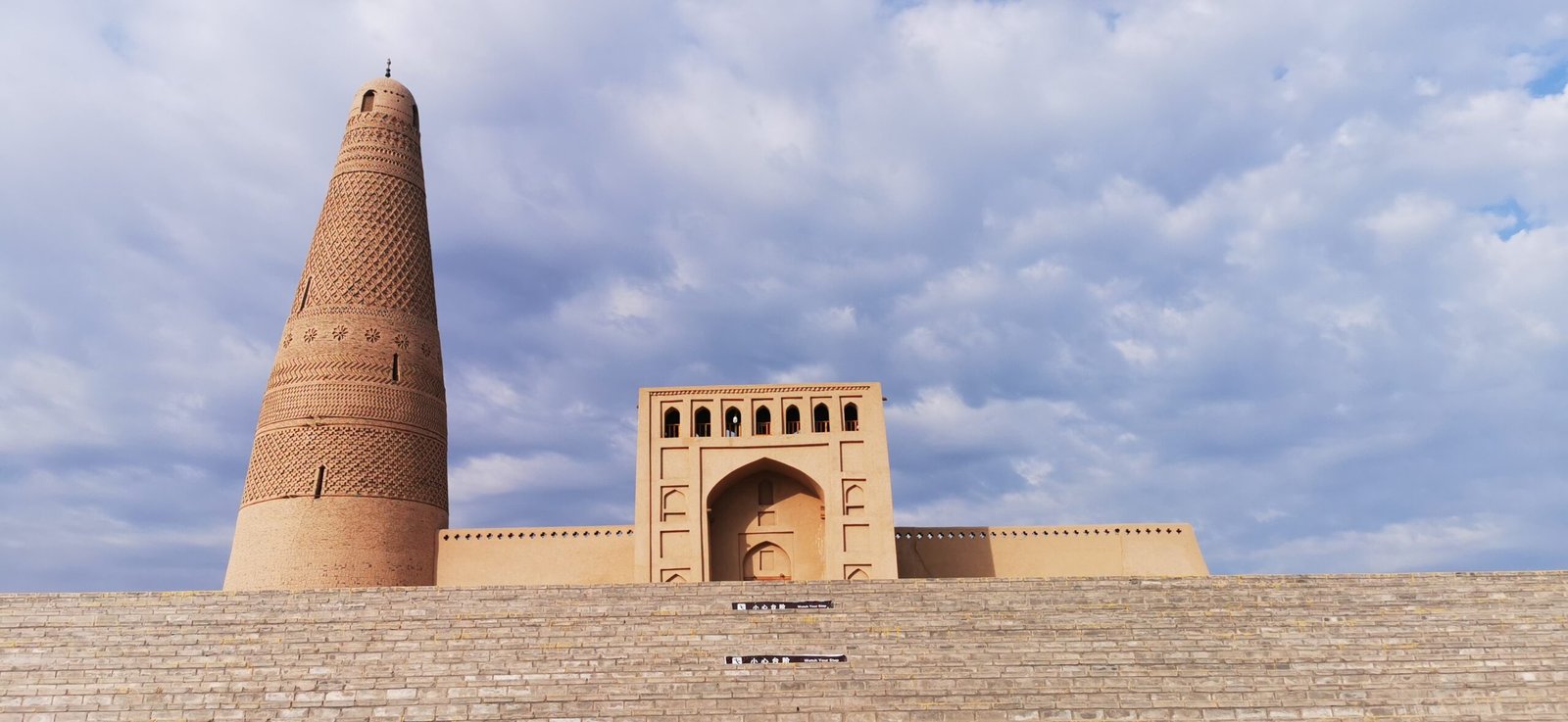Introduction to Tiled Roofs in Traditional Chinese Architecture
The tiled roof is one of the most defining features of traditional Chinese architecture, showcasing centuries of technological advancement and aesthetic refinement. From grand imperial palaces to humble conventional Chinese villages, the use of slate tiles and ceramic roofing materials reflects a deep-rooted architectural philosophy. This article delves into the tectonic technology behind these tiled roofs, exploring their structural composition, materials, and cultural significance.

The Evolution of Tiled Roofs in China
Early Roofing Techniques
Before the widespread use of tiled roofs, ancient Chinese builders primarily relied on thatched and wooden roofs. The shift towards ceramic tiles occurred during the Western Zhou Dynasty (1046–771 BCE) when the first clay tiles were developed. These roofing tiles not only provided better protection against the elements but also enhanced the aesthetic appeal of buildings.
The earliest tiled roofs were simple in design, with flat tiles laid in overlapping rows. However, as construction techniques evolved, more sophisticated methods emerged, leading to the development of curved tiles and interlocking systems that improved drainage and durability.
Imperial Influence on Tectonic Technology
The use of tiled roofs became a hallmark of imperial architecture during the Han Dynasty (206 BCE–220 CE). With advancements in roofing structures, particularly the use of dougong (bracket sets), Chinese palaces, temples, and traditional Chinese villages began featuring intricately layered slate tiles and glazed ceramic roofs.
During the Tang Dynasty (618–907 CE), roofing technology reached new heights with the introduction of multi-tiered tiled roofs, which became prominent in Buddhist temples and pagodas. The curved eaves, supported by complex wooden brackets, provided both structural stability and aesthetic appeal. The use of colored glazed tiles, particularly in imperial structures, symbolized the power and divine authority of the emperor.

Materials Used in Traditional Chinese Tiled Roofs
Clay and Ceramic Tiles
The most common material for tiled roofs in traditional Chinese architecture is ceramic. Clay is shaped, fired, and glazed to produce durable roofing tiles. These roofing tiles come in various forms, including:
- Flat tiles (板瓦, bǎnwǎ): Used as the base layer.
- Half-round tiles (筒瓦, tǒngwǎ): Overlapping tiles that create the characteristic wave-like pattern.

Ceramic tiles were often produced in kilns located near major construction sites, ensuring consistency in quality and design. The durability of these tiles, coupled with their ability to withstand extreme weather conditions, contributed to their widespread use across China.
Slate Tiles in Traditional Chinese Architecture
Besides ceramic, slate tiles have also been used in some regions, particularly in areas where high-quality clay was scarce. Slate tiles provide excellent insulation and resistance to weathering, making them an ideal roofing material for traditional Chinese villages in mountainous regions. Their natural, earthy tones blend seamlessly with the landscape, maintaining harmony between architecture and nature.
Slate tiles were often hand-carved and arranged in overlapping layers to enhance water resistance. Unlike ceramic tiles, which require firing at high temperatures, slate tiles are naturally durable and can last for centuries with minimal maintenance.
The Structural Components of Tiled Roofs
Roof Framework
The durability of tiled roofs relies on a robust wooden framework. Key components include:
- Purlins (椽, chuán): Horizontal beams that support the roof.
- Rafters (檩, lǐn): Slanted beams transferring weight to columns.
- Dougong (斗拱): A complex bracket system enhancing load distribution.
The integration of dougong allows for flexibility and shock absorption, making traditional Chinese buildings highly resistant to earthquakes. The intricate joinery techniques used in tiled roofs eliminate the need for nails or adhesives, showcasing the ingenuity of ancient Chinese craftsmanship.
Tiling Techniques
The layering of roofing tiles follows a sophisticated method to ensure water resistance and durability:
- Base layer: Flat tiles are placed first.
- Overlapping layer: Half-round tiles cover the seams, preventing leaks.
- Ornamental layer: Ridge decorations, such as dragon motifs, are added for cultural symbolism.

In high-ranking buildings such as temples and palaces, tiled roofs often feature decorative elements like glazed ridge beasts (脊兽, jǐshòu), which serve both as aesthetic enhancements and as symbols of protection against evil spirits.
The Cultural Significance of Tiled Roofs
Symbolism in Color and Shape
In traditional Chinese architecture, the color and shape of tiled roofs signify the status of a building:
- Yellow glazed tiles: Reserved for imperial palaces, such as the Forbidden City.
- Green tiles: Commonly seen in temples and gardens.
- Grey slate tiles: Used in traditional Chinese villages, blending harmoniously with the natural environment.
The curvature of tiled roofs also reflects philosophical and spiritual beliefs. The sweeping eaves and layered tiles symbolize protection, prosperity, and harmony with nature.
Feng Shui and Roof Design
The curvature of tiled roofs follows Feng Shui principles, ensuring harmony between nature and human dwellings. The upward-curving eaves are believed to deflect negative energy while providing shade and rain protection.
In many traditional Chinese villages, homes are constructed with slate tile roofs to maintain balance with the surrounding landscape. The placement and orientation of these roofs are carefully determined to maximize positive energy flow.
Preservation and Modern Adaptation of Tiled Roofs
Challenges in Conservation
Despite their durability, many ancient tiled roofs suffer from erosion, requiring regular maintenance. Conservation efforts focus on:
- Tile restoration using traditional kiln-firing techniques.
- Structural reinforcement to prevent roof collapse.
- Waterproofing measures to combat moisture damage.
The preservation of tiled roofs is a critical aspect of maintaining China’s architectural heritage. In many historical districts, conservationists are employing traditional techniques to restore damaged roofs while ensuring that modern interventions remain inconspicuous.

Integration in Contemporary Architecture
Modern architects are incorporating tiled roofs into contemporary designs, maintaining the aesthetic and functional benefits of traditional Chinese architecture while integrating modern materials for enhanced durability.
Many newly constructed traditional Chinese villages feature slate tile roofs and ceramic roofing materials to preserve the region’s cultural identity. Additionally, some architects are experimenting with sustainable roofing solutions that mimic the appearance of traditional tiled roofs while offering improved insulation and energy efficiency.
Conclusion
The tiled roof in traditional Chinese architecture is more than just a protective covering—it embodies centuries of technological evolution, cultural symbolism, and aesthetic brilliance. Whether crafted from ceramic roofing tiles or slate tiles, these roofs continue to define the skyline of traditional Chinese villages, temples, and imperial palaces. As efforts to preserve and adapt these structures continue, tiled roofs remain a timeless testament to China’s architectural heritage.
For more insights on traditional Chinese buildings and their structural techniques, visit ArchinaTour and explore the wonders of ancient Chinese architecture.

